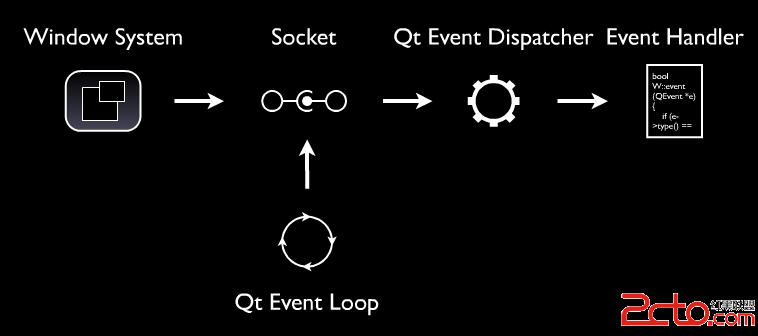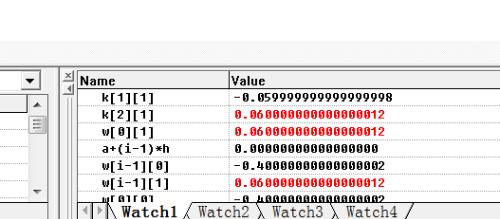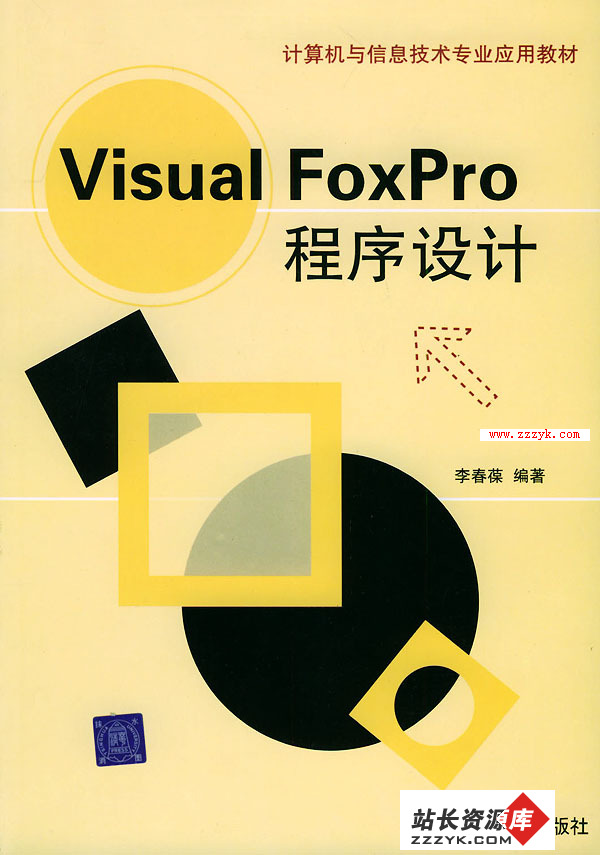具有返回值的函数之作为
首先解释一下文章标题,听起来有点拗口,意思是:具有返回值的函数,在调用时以及返回时都做了哪些事情(这些事情往往从代码表面是看不到的)。
一、原理
关于函数的返回值,先说下 return 语句,return 语句结束当前正在执行的函数,并将控制权返回给调用此函数的函数。有两种形式:
1.return; //不带返回值的函数中(void)
不带返回值的 return 语句只能用于返回类型为 void 的函数。但是注意:在返回类型为void的函数中,return 语句也不是必须的,隐式的 return 发生在函数的最后一个语句完成时。
一般情况下,返回类型为 void 的函数使用 return 语句是为了引起函数的强制结束(类似于循环结构中的break语句)。
2.return expression: //带返回值的函数中(非void)
此情况下,返回值的类型必须和函数的返回类型相同,或者能隐式转化为函数的返回类型。
函数的返回值:用于初始化在调用函数出创建的临时对象(temporary object)。
对于具有返回值的函数,在函数调用时(如求解表达式),需要一个地方存储器运算结果,此时编译器会创建一个没有命名的对象-----临时对象。
如:
[cpp]
...
int add(int a, int b)
{
return a + b ;
}
....
int a = 1;
int b = 2;
int c = add(a, b); //create temporary, delete it after executing this statement
...
...
int add(int a, int b)
{
return a + b ;
}
....
int a = 1;
int b = 2;
int c = add(a, b); //create temporary, delete it after executing this statement
...
上面的代码中,在 int c = add (a, b);时,发生了如下事情:
首先:创建了一个临时对象,如temp。
然后:将函数的返回值 a+ b 的副本 复制给 temp;
最后:将temp 的副本复制给 变量 c,并删除临时变量 temp
注:在英语中,C++ 程序员通常用temporary 这个术语来代替 temporary object。
二、例子
为了更清晰地看到具有具有返回值函数之作为,下面以一个类的运行情况说明:
[cpp]
#include <iostream>
using namespace std;
class A
{
private:
int m_x;
public:
A(int x=0):m_x(x){cout<<"constructor, value: "<<m_x<<endl;}
A(const A& a)
{
m_x = a.m_x;
cout<<"copy constructor, value: "<<m_x<<endl;
}
A& operator=(const A& a)
{
m_x = a.m_x;
cout<<"assignment operator, value: "<<m_x<<endl;
return *this;
}
~A(){cout<<"destructor, value: "<<m_x<<endl;}
A getOneObject(int x)
{
cout<<"in fun call"<<endl;
A a(0);
a.m_x =x;
return a;
}
};
int main()
{
A a1(1);
A a2(2);
cout<<"before fun call"<<endl;
a2= a1.getOneObject(3);
cout<<"after fun call"<<endl;
cout<<"before quit"<<endl;
return 0;
}
#include <iostream>
using namespace std;
class A
{
private:
int m_x;
public:
A(int x=0):m_x(x){cout<<"constructor, value: "<<m_x<<endl;}
A(const A& a)
{
m_x = a.m_x;
cout<<"copy constructor, value: "<<m_x<<endl;
}
A& operator=(const A& a)
{
m_x = a.m_x;
cout<<"assignment operator, value: "<<m_x<<endl;
return *this;
}
~A(){cout<<"destructor, value: "<<m_x<<endl;}
A getOneObject(int x)
{
cout<<"in fun call"<<endl;
A a(0);
a.m_x =x;
return a;
}
};
int main()
{
A a1(1);
A a2(2);
cout<<"before fun call"<<endl;
a2= a1.getOneObject(3);
cout<<"after fun call"<<endl;
cout<<"before quit"<<endl;
return 0;
}
输出结果:

补充:软件开发 , C++ ,




